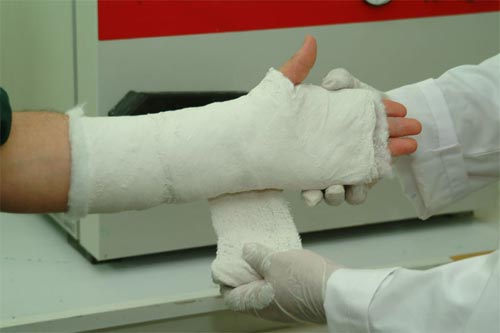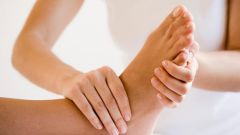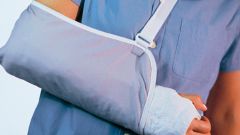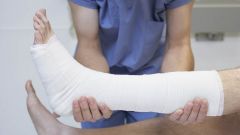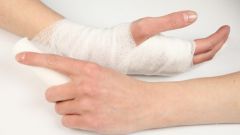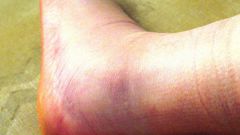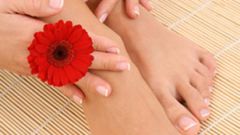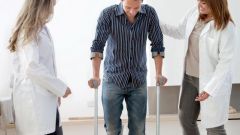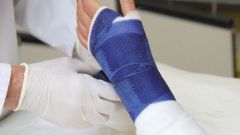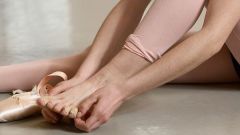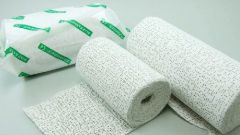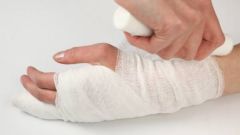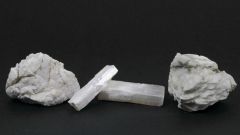Instruction
1
First, immediately after applying the gypsumand spend some time in the emergency room or the hospital, trying to calm down and feel comfortable whether gypsum. If you experience discomfort, immediately tell your doctor and ask him to redo the bandage, because experiencing discomfort, you will unwittingly try to change the position of the broken limb, which will lead to poor bone bonding.
2
The plaster should not be tight and compromise circulation, you will feel it immediately. Poor circulation leads to diseases of blood vessels, poor delivery of nutrients and even tissue death. At the same time the plaster is in any case should not be free - every restored limb movements can lead to the fact that the bones cease to grow, and the entire recovery process will take a very long time.
3
If you have a complex fracture with displacement of bone or fracture of the composite bone (e.g., tibia), then the wearing of the plasterand should be treated with all responsibility. You'll probably need to do the control x-rays more often and, therefore, more likely to pay a visit to the doctor.
4
Everyone knows how much of discomfort is a common washing process, if you have a limb in plasterE. However to wet the bandage should not in any case, and if the plaster is still exposed to water, you should immediately blot up the moisture, wipe the plaster is dry and dry it in the air. Then you need a neat tapped to probe the bandage: do not lost it its hardness?
5
Gypsum should be clean and tidy, it can't be duct tape or other air-tight materials, since it is not quite hygienic: the skin will sweat and it will actively multiplying microbes. It is not excluded occurrence of an unpleasant smell.
6
From gypsumand has a tendency to crumble, which is why patients so often find on his bed of crumbs and dust from dressing. To deal with this phenomenon is quite difficult and all you can do is to choose the most comfortable position for sleeping, regularly change the sheets and try to move in her sleep as little as possible. Don't be afraid to take before bed a few drops of a sedative. During sleep, the cast is also quite often broken, so the choice of comfortable postures - the first case.
7
Sometimes the plaster leaves marks on clothes, reminiscent of dust or chalk. In most cases this is a consequence of the wet bandage, so don't forget about thorough protection from the rain. Try to wear clothes in light and pastel colours, where the marks are not as noticeable.
8
If the fracture occurred in the leg on plaster in any case it is impossible to advance. Make sure you use a cane or crutches. Remember that plaster is a surprisingly fragile material, and break it quite easily.
